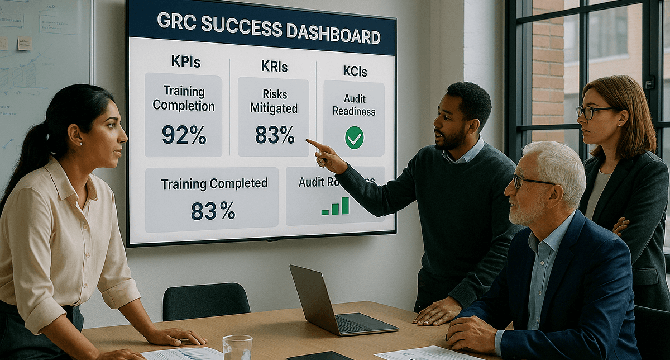Medium
3w
339

Image Credit: Medium
How to Measure GRC Success Right
- Measuring GRC success requires focusing on specific, impactful metrics, such as tracking documented risks, new risks added, and risk severity distribution.
- Efficiently treating high-risk issues, evaluating mitigation costs, and assessing remaining risk post-mitigation are crucial for effective GRC management.
- Monitoring compliance gaps, audit trends, and completion of mandatory training by employees helps in reducing regulatory risks and enhancing organizational culture.
- Tracking vendor compliance, timeliness of report filing, and proactive vs. reactive compliance measures are essential for risk management.
- Escalating top risks to leadership, evaluating control effectiveness, and timely incident response contribute to operational maturity and risk foresight.
- Establishing baseline values, setting SMART goals, and embedding metrics into routine practices are key steps in improving GRC performance.
Read Full Article
20 Likes
For uninterrupted reading, download the app